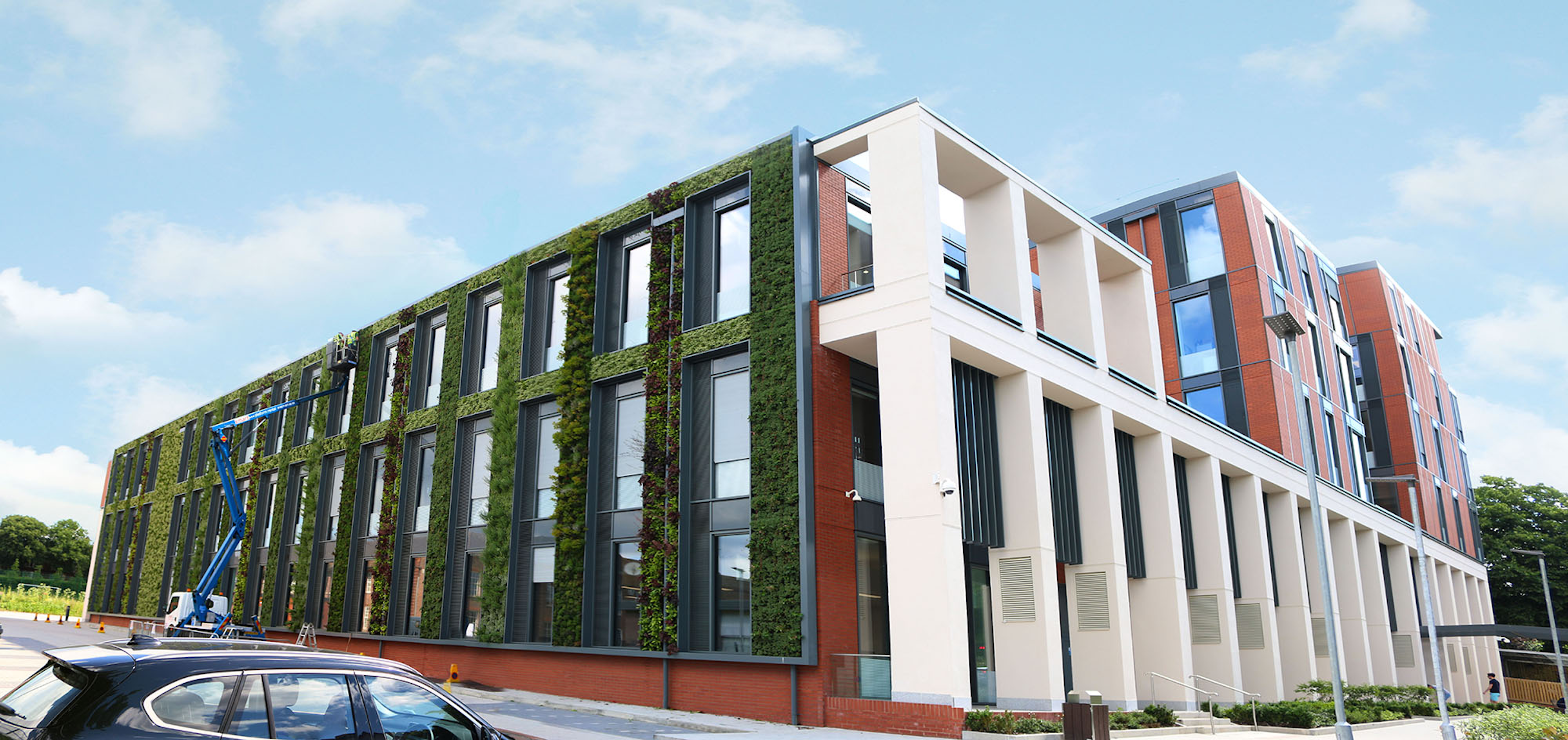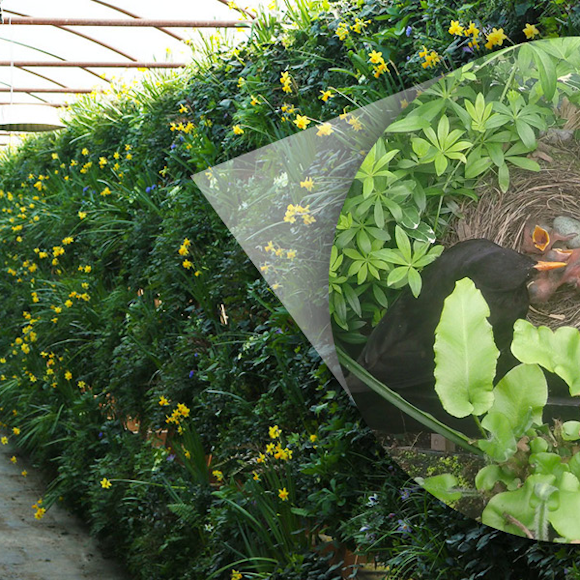Trees, flowers, and greenery beautify the urban environment, yet many cities can be concrete wastelands where plants and trees are in short supply. The industrial aesthetic of Brutalist architecture surfaced in post-war Britain and peaked during the 1960s. Uncompromising concrete structures sprang up in every town and city and green spaces were vanquished in the drive to accommodate an ever-increasing population.
The Importance of Green Space in the Urban Environment
Today, the importance of urban green spaces is more widely understood and many architects are incorporating greenery in the built environment. Traditional urban greening includes parks, open spaces, planting trees and landscaping. However, modern architects and living wall designers are just as likely to include a green wall or green roof into their designs as they are to plant a few trees.
The Benefits of Urban Greenery
Aesthetics is a key element of urban greenery. Concrete is rarely very appealing unless done correctly, despite the fact it is a practical building material.
The University of Leicester is a good example of how urban greening transforms a utilitarian concrete structure into a thing of beauty. The Viritopia Living Wall was installed at Leicester University’s Centre of Medicine. The large green wall and green roof was designed to attract wildlife and promote pollination and biodiversity.
Aside from the aesthetic appeal of urban green spaces, trees, and plants produce oxygen via photosynthesis. They clean the atmosphere by removing dust, soot, and particulate pollution, which is a real problem in urbanised areas, and store carbon monoxide, which helps in the fight against global warming.
Improving Air Quality
Urban greening was used to improve air quality in the Transport for London project in Walthamstow in London. The Selbourne Road area suffered from elevated levels of pollution due to heavy traffic, so a car lane was removed to make way for a central rain garden and an Viritopia Living Wall was installed on the face of the adjacent shopping centre.
Civil engineering projects often include clauses in the contract requiring the contractor to plant trees and landscape the area towards the end of the project. This plays an important role in making our towns and cities greener. Planting trees along busy roads can reduce noise and air pollution and improve air quality, which in turn helps to improve the quality of life for residents living nearby.
Reduce Flooding and Calm Traffic
Urban greenery reduces flooding. A mature tree can store up to 100 gallons of water and a green roof prevents rainwater runoff during a heavy downpour.
There is also evidence that green buildings reduce urban crime and calm traffic. Don’t forget, too, that urban green spaces also become a haven for wildlife, which is an important benefit for city dwellers who might not have access to open green spaces.
Living walls and green roofs work beautifully in the urban environment, both indoors and outside. Urban green spaces are good for the environment and morale, and with city living a necessity for many of us, it is increasingly important that we continue creating natural habitats in the middle of our towns and cities.


